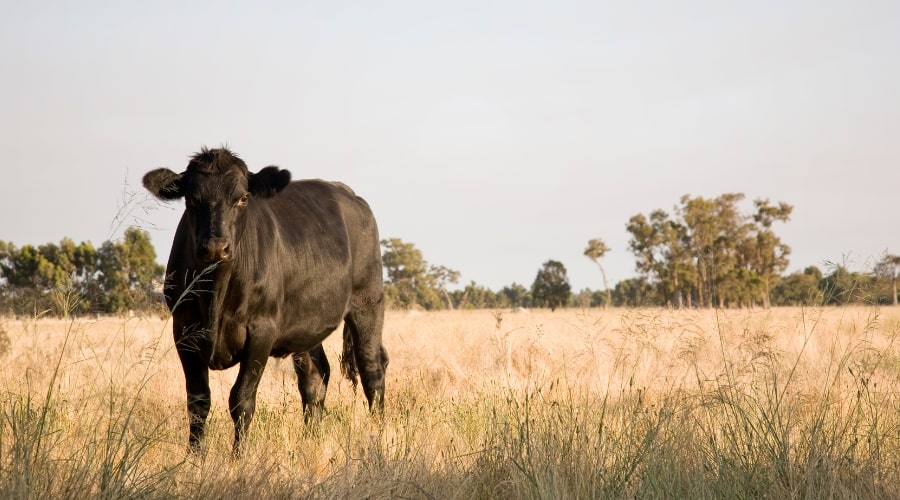Raising a couple of beef cows in your backyard is an effective way to provide high-quality meat for your family. With proper planning and management, you can ensure a year-round supply of nutritious beef. Here are the key steps and considerations for raising backyard beef.
Choosing the Right Breed
Select a breed that suits your goals and available resources. Angus, Hereford, and Belted Galloway are popular choices for backyard beef due to their manageable size, docile temperament, and excellent meat quality.
For smaller spaces, consider mini cattle breeds like Dexter or Lowline Angus. These breeds require less feed and space while still providing quality beef. Ensure the breed you choose is suited to your local climate for optimal growth and health.
Setting Up Fencing and Shelter
Secure fencing is essential to keep your cattle safe and prevent escapes. High-tensile electric fencing or woven wire fencing works well for backyard setups. Regularly inspect and maintain the fence to ensure its effectiveness.
Provide a simple shelter to protect your cows from extreme weather. A three-sided shed with a roof is sufficient for most climates. Ensure the shelter has clean bedding and adequate ventilation to keep your cows comfortable.
Feeding and Watering
Cows primarily rely on forage, such as grass or hay, for their diet. If pasture is limited, supplement with high-quality hay. During winter or periods of low forage availability, grain or feed supplements may be necessary.
Provide access to clean, fresh water at all times. On average, a cow drinks 20 to 30 gallons of water daily [TO BE VERIFIED]. Use automatic waterers or troughs to ensure a consistent supply.
Health Management
Maintain a regular health care schedule, including vaccinations, deworming, and hoof trimming. Consult with a veterinarian to develop a health plan tailored to your herd.
Monitor your cows for signs of illness, such as weight loss, lethargy, or changes in appetite. Address any health issues promptly to avoid complications.
Practice biosecurity measures to prevent the spread of diseases. Limit contact with other livestock and disinfect equipment regularly.
Processing and Storage
Plan the processing of your beef well in advance. Work with a reputable butcher or processing facility to ensure humane slaughter and quality meat handling.
Store the beef in a freezer to preserve it for year-round consumption. Label and organize cuts for easy access and meal planning. Keep track of inventory to avoid waste.
Checklist for Raising Backyard Beef
- Choose a breed suited to your space and climate.
- Install secure fencing and provide basic shelter.
- Develop a feeding plan based on available forage and supplements.
- Ensure a consistent supply of clean water.
- Schedule regular health care and monitor for illness.
- Plan processing and storage to maximize the yield.
By following these steps, you can successfully raise backyard beef to feed your family. With proper care and attention, your efforts will result in a steady supply of high-quality meat.


